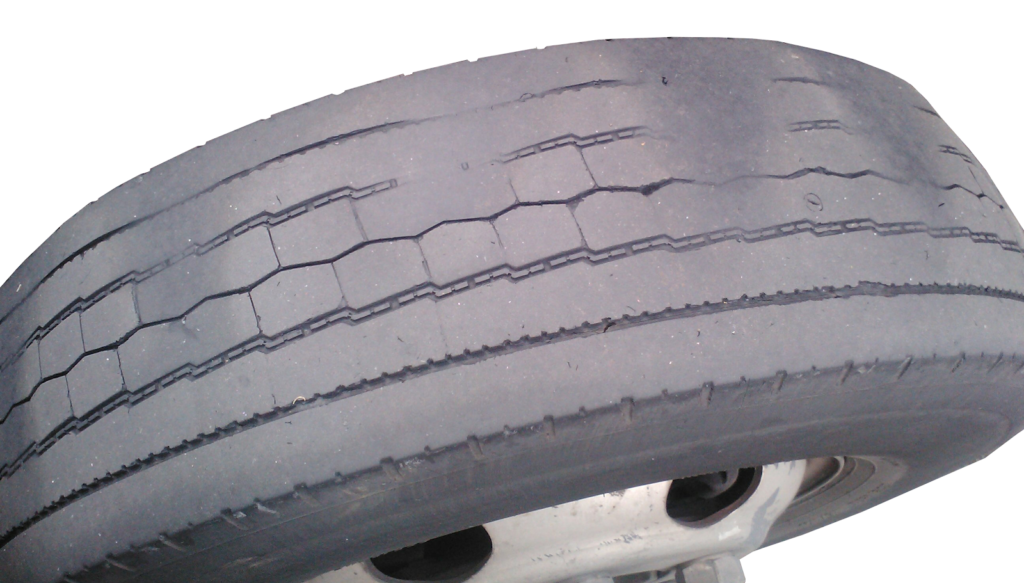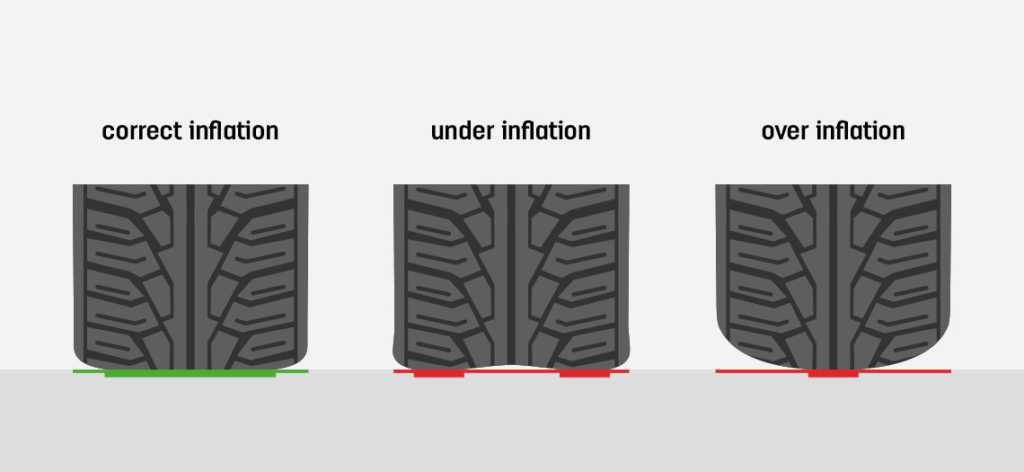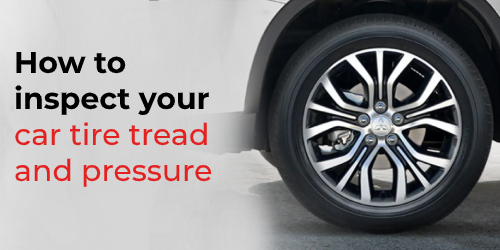With all that is happening in the world right now, tires are probably the last thing on your mind. After all, let’s face it – the tires are too boring. And yet, they are one of the essential parts of your car. Therefore, besides all other things, we encourage tire maintenance.
The tire affects many different parts, including braking, handling, and traction. If your car tire tread and pressure are not well maintained, fuel savings can also dive. As such, most experts recommend checking the tire at least once a month.
You may already know how to check the tire pressure and tread depth frequently. But not all of this. There are often neglected aspects of tire maintenance that you should consider as well.
How to properly inspect the tire

Finally, you can take a break from your busy schedule and check your car tires. Here is what you need to consider:
- Get to know the tires of your car
Before doing anything else, take a moment to get acquainted with the tires of your car. It is helpful to understand the details of the tire size, DOT number, and recommended inflation.
- Tire size, load rating, and speed rating
On the sidewall, you can find the size, load level, and speed of the tire. Let’s look at the following image and example to understand better.

- The letter “P” stands for passenger tire. Light truck tires read “LT” instead.
- Next, the number 215 mm is the sectional width of the tire.
- The number 65 – It is a ratio that compares the tire’s height with the section width.
- “R” refers to radial, the type of tire construction.
- The last digit 15, indicates the size of the rim.
- After the size of the tire, you will also see two numbers and a letter. The numbers(95) are the tire load level, and the letter is the speed rating.
Charts that define both values can be used and can be easily found online.
- Department of Transportation (DOT) number
The Department of Transportation (DOT) code is based on the load and speed level. In short, the twelve-digit code indicates that the tire meets specific safety standards.
Although the DOT code does not seem to be of much interest to car owners, the last four digits are quite significant. In all cars made after 2000, the final four numbers in the code indicate the tire’s production time and, therefore, its age.

The first two numbers symbolize the week, and the last two numbers represent the year. For example, in the above image, the last four digits of the code are 4517, which means that the tire was made in the 16th week of 2012.
- Adjust the tire pressure

It is easy to determine the correct inflationary pressure of a tire. Inside the driver’s side door, you can find a pressure specification list. You can also look into your owner’s manual for the recommended tire pressure.
Note: Do not inflate your tire as per the ratings of the sidewall. It is the maximum limit of pressure that the tire can withstand.
- Perform a visual inspection
Now that you have a full understanding of your car tire tread and pressure, it’s time to go for a visual inspection. Start by examining issues such as separating each tire, cracking, bulging, or missing chunks.
It is recommended to replace your tire immediately in case you find any of these issues.

Running your hand across car tire tread is an excellent way to check for “cupping.” Cupping is a series of high and low treads, usually the result of struts or worn shocks.
Another thing: As mentioned, you can determine the tire’s age by looking at the last four digits of its DOT code. If the code indicates that the tire is over ten years old, it’s time to buy new rubber.
- Measure the depth of the Tread
Many sources recommend using a penny to check the tire tread depth. And while this method works in a pinch, it’s not so comprehensive or accurate.
Therefore, it is a good idea to use a tread depth gauge.
Using a tread depth gauge on each tire is a direct method. How it works:
- Push the blade or pointer part of the gauge down into the groove of the Tread.
- Pay attention to the reading on the tool.
- Be sure to measure at three different locations across the car tire tread: outside, inside, and center.
“If the measurement is between 3/32” and 4/32, it’s time to consider buying a new tire.
“Tread measuring 2/32 or less means you need to replace the tire immediately. You can visit The Auto Parts Shop for tires and various other automobile parts.
Check the pressure

Tires must be properly inflated. If the tire is underinflated, it would have speedy wear, while at the same time lowering fuel economy and increasing the risk of a blowout. Excessive inflation increases the risk of tire failure.
Both situations reduce the braking, handling, and traction of your car.
Even if your car has a tire pressure monitoring system, check the pressure yourself with a tire pressure gauge.
How it works:
- Remove the valve stem cap.
- Press the gauge on the valve and then hold it in place.
- Pay attention to the pressure reading and compare it to the manufacturer’s standard specifications.
- Adjust tire pressure as needed.
- Reinstall the valve stem cap.
Tire maintenance is the key
Like everyone else, you want your car to provide a safe, reliable driving experience. Proper maintenance of the tire will help make it work. So, make sure you look at the car tire tread and pressure regularly.

Best view i have ever seen !